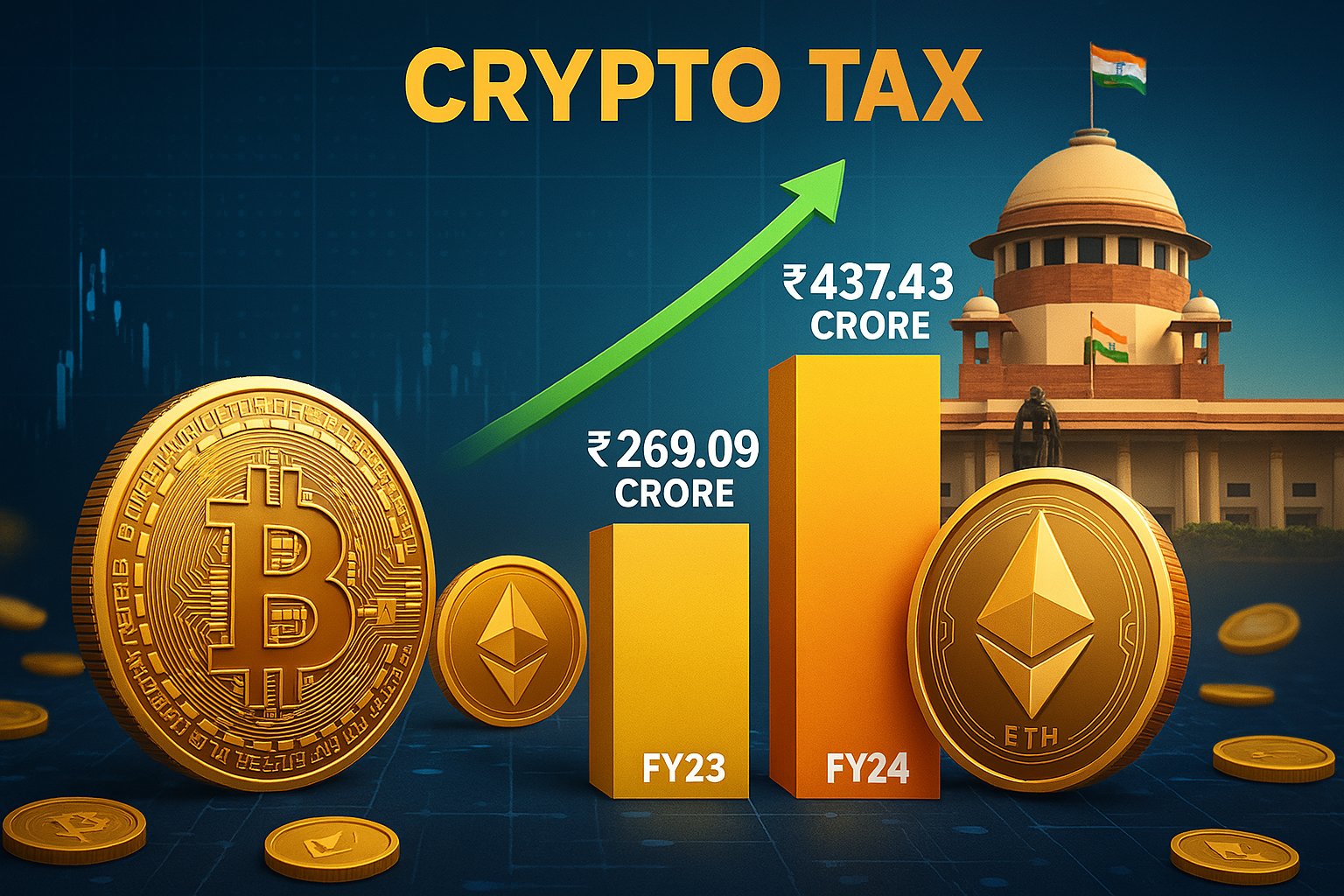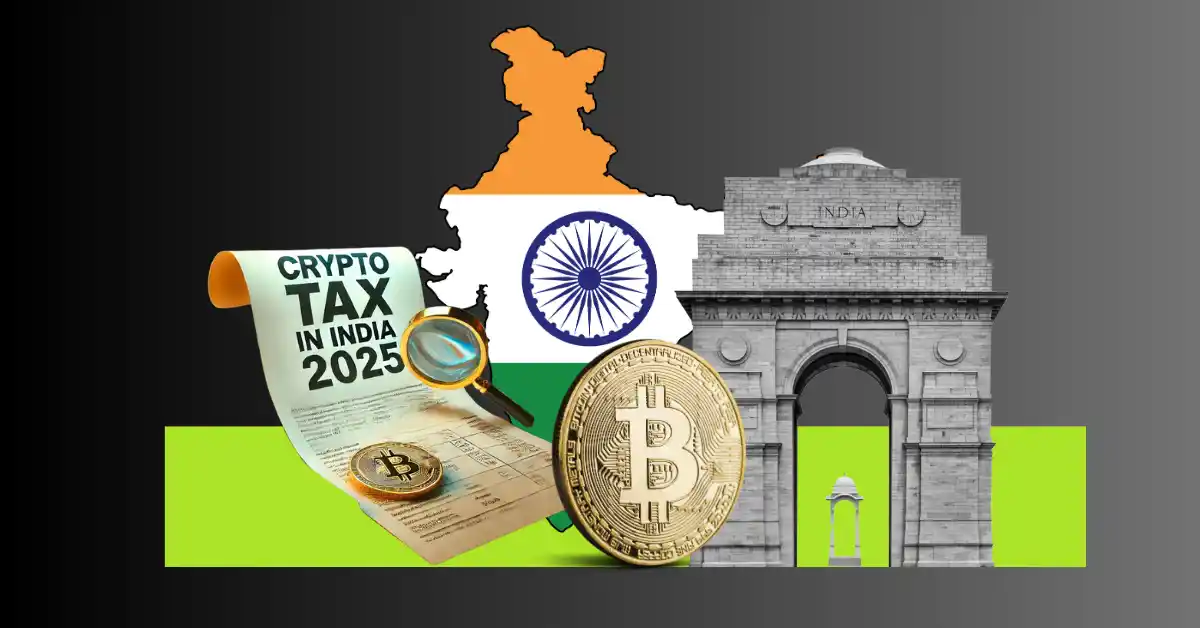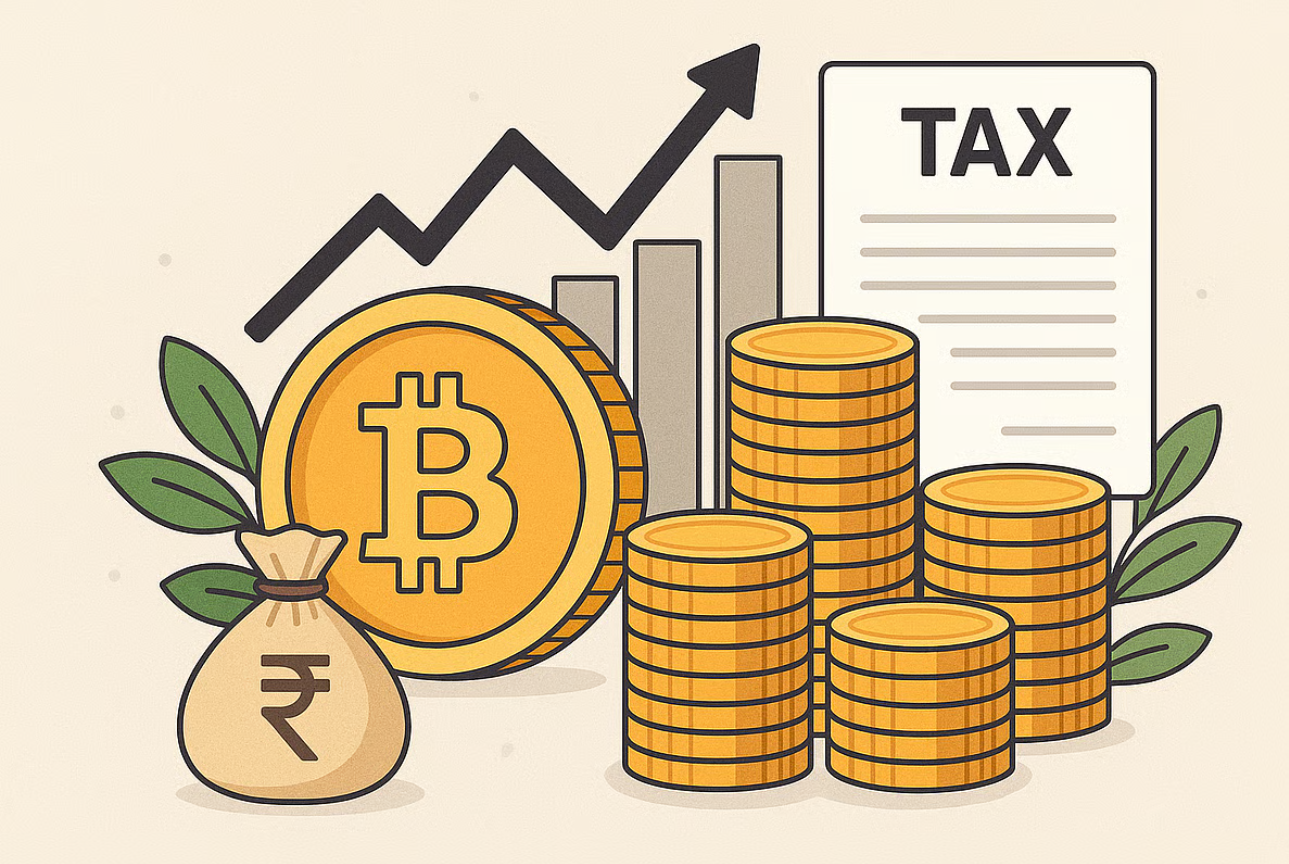The Indian government’s efforts to regulate and tax the rapidly growing cryptocurrency sector are beginning to show clear results. Income tax collected from virtual digital asset transactions rose significantly in the financial year 2023 to 2024. According to data released in Parliament, crypto tax collections reached Rs 437.43 crore in FY24. This marks a notable increase from Rs 269.09 crore in FY23, which was the first year after the crypto-specific tax regime came into effect.

This upward trend comes even though India still lacks a comprehensive legal framework governing cryptocurrencies. Despite this, a dedicated tax structure was introduced in April 2022. Under this regime, any profit made from trading cryptocurrencies or other virtual digital assets is taxed at a flat 30 percent. This high rate applies regardless of the investor’s total income or holding period. The government has made it clear that losses incurred from crypto trading cannot be set off against other income or carried forward to future years, a move that significantly restricts tax planning options for crypto traders.
Adding to the burden, from July 2022, a 1 percent Tax Deducted at Source was also enforced on every crypto transaction. This TDS mechanism allows the government to track trading activity and ensures that tax is collected at the point of transaction. However, it has also raised concerns within the crypto community about reduced liquidity and higher trading costs.
While data for the current fiscal year is still being compiled, the sharp jump in tax collections reflects both increased investor participation and stronger enforcement mechanisms. The government has acknowledged that it has not yet calculated how much potential tax revenue may be lost due to under-reporting or misreporting of crypto incomes. However, steps are being taken to close these gaps.

A key tool in this effort is the use of advanced data analytics. Through systems like Project Insight and the Non-Filer Monitoring System, the Income Tax Department is comparing declared income with actual transaction data sourced from crypto platforms. These platforms, referred to as Virtual Asset Service Providers, are required to deduct TDS and report this activity. If a mismatch is found between the transactions and the taxpayer’s income tax returns, the department flags the discrepancy.
In cases where the unreported income from virtual assets exceeds Rs 1 lakh, alerts are sent to the taxpayers under the NUDGE campaign. This campaign uses a non-intrusive strategy to encourage voluntary compliance by providing reminders and highlighting mismatches. While real-time matching between exchanges and taxpayers does not yet exist, these interventions are helping to raise awareness and accountability.

To further enhance tax enforcement in the digital economy, the government is training its officers in specialized fields like blockchain analysis and digital forensics. Several workshops and training sessions have already been conducted nationwide. Collaborations with academic institutions such as the National Forensic Science University in Goa are equipping officials with the tools needed to trace complex crypto transactions.
These efforts reflect a growing realization that the digital asset space, while still evolving, needs to be monitored with the same intensity as traditional financial markets. As India continues to work on its regulatory approach to cryptocurrencies, the tax infrastructure around it is being strengthened through better tracking, technology, and training.
The sharp rise in crypto tax collections is not just a number but a signal that the government is serious about accountability in this space. For crypto investors and traders, the message is clear. Every transaction is on the radar, and non-compliance could lead to serious consequences.
Stay informed about crypto taxation, digital asset rules, and smart financial planning by following You Finance on Instagram and Facebook.















